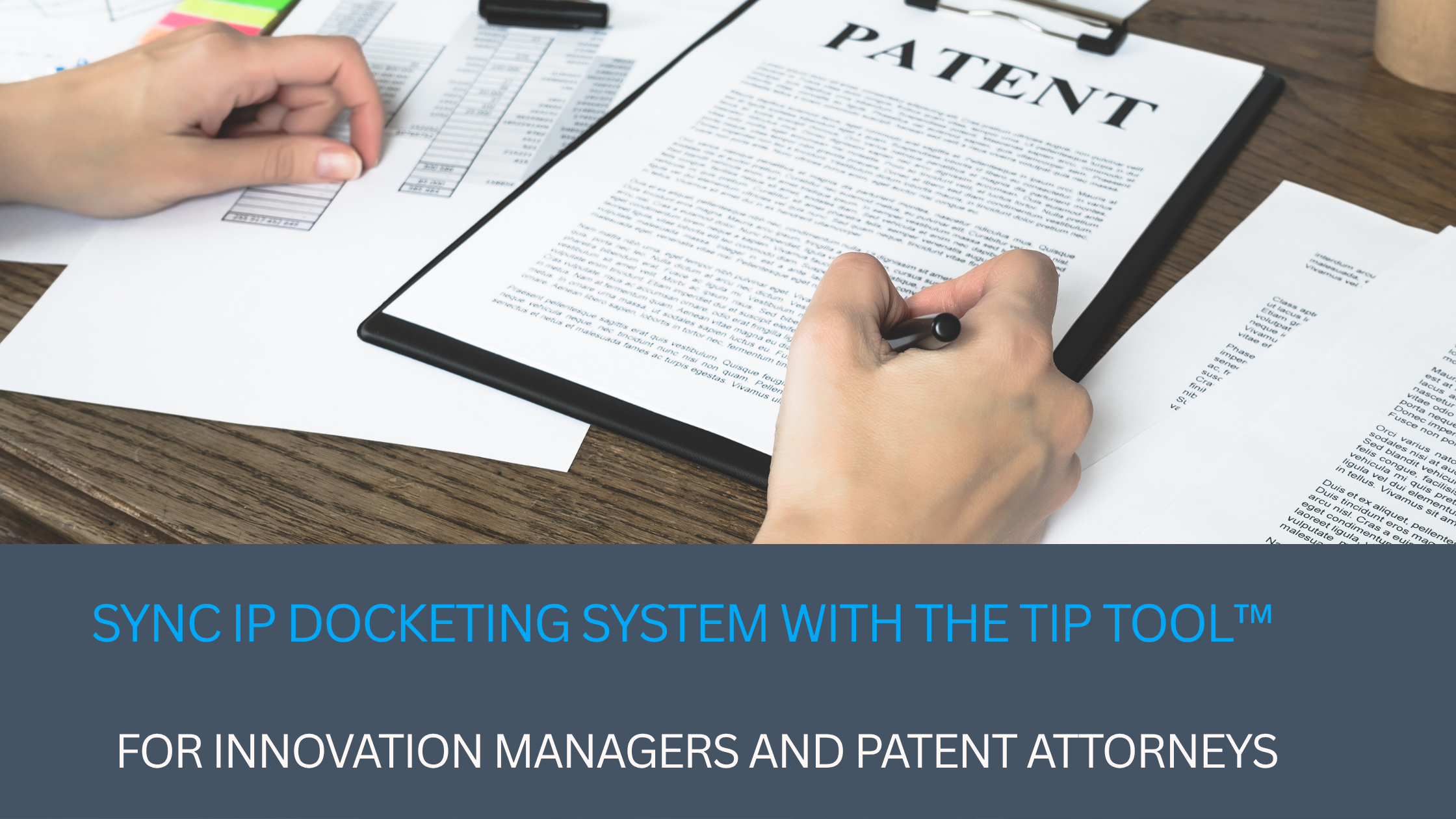As patent portfolios expand, keeping up with the latest IP developments is crucial for C-suite executives. It’s essential for aligning IP strategy with business goals.
Yet, the traditional methods are falling short. Executives often rely on dry, cryptic spreadsheets to understand their enterprise’s patent portfolio.
But speaking from over 25 years of patent prosecution experience, I’ve found that Excel spreadsheets frequently fail to provide meaningful insights.
It’s time for a change. Here’s why I believe leaders need to look beyond these conventional tools.
The Inefficiency of Spreadsheets
Spreadsheets have long been the standard tool for tracking enterprise patent portfolios, summarizing data from patent counsel’s docketing software.
While spreadsheets do include high-level information such as the number of patents issued, titles, inventors, and filing dates, they fall short in revealing the true essence of the patent portfolio. Not even a summary of the patent is typically provided with only a title giving any insight.
C-suite executives need more than just numbers and dates. They seek insights into the technology’s underlying potential, its uniqueness, and how it aligns with broader business objectives. Board meetings require a focus on aspects such as use cases, novel functionalities, and the innovations they embody.
Specifically, executives look for insights into:
- Market Opportunities: Understanding the potential areas where patented technology could be applied, your products covered, possible revenue streams, and your market differentiation.
- Competitive Advantage: Knowing how each patent differentiates the enterprise from competitors, adding value to products, and creating unique market propositions.
- Business Strategy Alignment: Assessing how the patent portfolio fits with overall business strategy, guiding resource allocation, and informed decision-making.
- Risk Assessment: Evaluating the strength and potential challenges of patents as a defense against competitors, allowing leaders to make well-informed decisions to protect their intellectual property.
Spreadsheets just aren’t designed to provide these insights, making them nearly ineffective for the complex decision-making that executives need. It’s time to look beyond this standard approach.
The Need for More Interactive Tools
It’s time to embrace interactive tools designed to provide more than mere data points from an enterprise’s patent portfolio.
An interactive patent portfolio management tool must offer the following:
- Interactive List of Patents: The tool should enable C-suite executives to navigate an interactive list of patents effortlessly, with clear summaries, organized by tags and search features. This allows for easy exploration of patents related to specific product lines, technologies, and more.
- Granular Details: The tool must further offer granular details about each patent, including information about the counsel and examiner, and a copy of the patent along with a user-generated feedback of its value to the enterprise.
- Patent Vetting Assistance: The tool must facilitate collaboration and allow for the efficient selection of promising ideas. Functionalities like simultaneous editing and documented changes can help align patents with the enterprise’s strategic vision without lengthy meetings.
- Effective Budget Execution: The tool must offer insights into anticipated costs for end-to-end patent prosecution.
- Strategic Patent Prosecution: The tool must offer insights into the allowance history of the examiner and patent counsel handling the case to strategize patent prosecution.
- Multiple Innovation Dashboards: Role-specific dashboards provide relevant perspectives for different stakeholders, keeping everyone aligned with strategies and KPIs.
- Automated Patent Office Syncing: Staying automatically in sync with the U.S. Patent Office, such interactive tools can reduce legal fees that enterprises pay outside patent counsel to provide updates and status.
More Engaged and Informed Decision-Making
Modern, interactive patent portfolio management tools offer a more efficient way to discuss and analyze the portfolio during meetings. Patent attorneys and portfolio managers can access a clear picture of the portfolio through easy switching between applications and interactive dashboards.
If there’s a need to discuss a specific patent or product, it can be quickly searched, providing immediate insights into the status and potential issues, without the time and cost of traditional attorney fees.
Instead of juggling different versions of spreadsheets, authorized personnel can access the details through shared login credentials. This ensures integrity and efficiency in querying data.
By eliminating the limitations of spreadsheets, these interactive tools facilitate a more engaged and informed decision-making process, allowing for a streamlined and cost-effective approach to patent portfolio management.
Looking Beyond the Spreadsheets
The move to Software-as-a-Service (SaaS) is evident in many business functions, with the SaaS industry projected to reach $591.8 billion by 2023, according to Gartner. This shift sees businesses increasingly favoring SaaS tools over spreadsheets for various tasks.
In this modern era, relying on spreadsheets for patent portfolio management feels outdated and doesn’t provide the insights needed to properly capitalize on opportunities.
With 25 years in patent prosecution, I strongly advocate –
“Embracing interactive tools for patent portfolio management isn’t just the future; it’s the key to unlocking the enterprise’s full innovation potential.”



